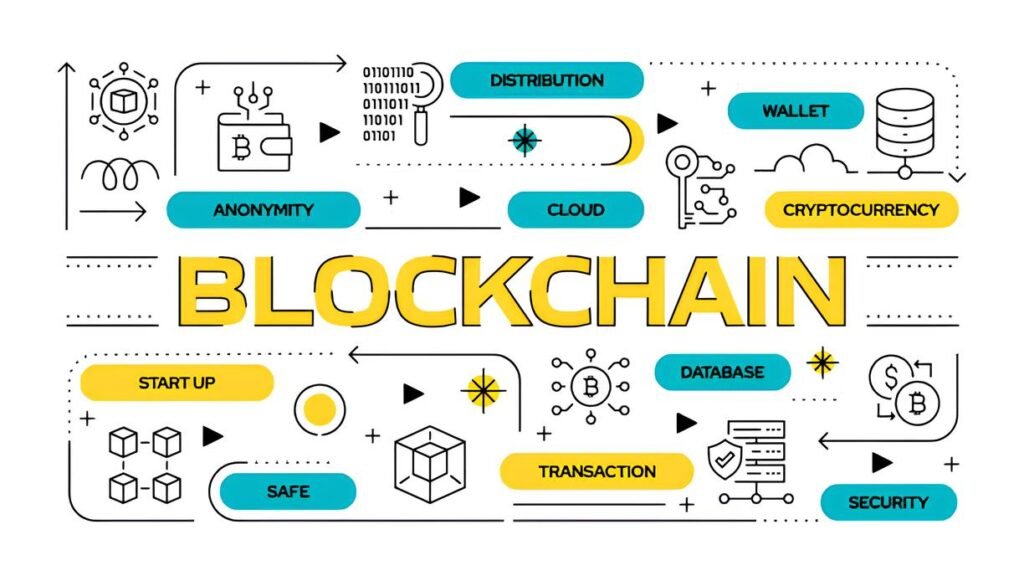How to Securely Ditch Your Old Darknet Identity
Imagine spending months or even years carefully crafting a darknet identity — building trust, reputation, and connections — only to realize that your digital shadow still follows you everywhere. You want a fresh start: a new identity unlinked to the old one, no traces, no breadcrumbs. Maybe it’s due to escalating risks, law enforcement scrutiny, or simply a desire to separate past and present. But how do you disappear without a trace when the darknet thrives on secrecy and paranoia?
It’s not just about deleting accounts or changing usernames. Ditching an old darknet identity is a complex, layered art requiring patience, precision, and deep technical awareness. One careless step can unravel everything.
In This Article
- Why Retiring a Darknet Identity Is Critical
- Understanding the Risks of Overlap
- Essential OPSEC Practices for Identity Shifting
- Building a Clean Digital Pseudonym
- Technical Steps to Eliminate Traces
- Breaking Behavioral Patterns and Metadata Linkage
- Managing Financial Footprints
- When to Consider Air-Gapped or Stateless Setups
- Final Precautions and Maintaining Separation
Why Retiring a Darknet Identity Is Critical
Darknet identities are a double-edged sword. On one side, they unlock participation in private communities, markets, and forums with anonymity. On the other, they accumulate digital fingerprints—metadata, behavioral habits, cryptographic keys—that persist even if users vanish.
Carrying the same identity for too long can lead to unintended exposure. Law enforcement and threat actors are increasingly skilled at linking past activities with current ones through subtle correlations. The lifecycle of a darknet identity—similar to a secret agent’s alias—has a shelf life. Knowing when and how to retire your old persona is a central skill in darknet security.
Understanding the Risks of Overlap
One of the biggest pitfalls when abandoning an old identity is accidental overlap. This happens when traits, actions, or technical footprints from the new identity intersect with those from the old.
Overlap can occur in many sneaky ways, such as:
- Reusing email addresses or message signatures
- Posting at similar times of day or with similar language traits
- Using the same wallets or payment methods that link transactions on the blockchain
- Accessing darknet sites from the same IP ranges or devices without proper isolation
Each link creates a potential chain for investigators or data miners to unravel your anonymity.
Essential OPSEC Practices for Identity Shifting
To peel away from one darknet identity and move to another, firm operational security (OPSEC) must be your foundation.
- Clear compartmentalization. Always separate devices, browsers, and accounts used for new versus old identities. Never mix sessions or data. Consider using discrete virtual machines or fresh operating systems dedicated to the new persona.
- Avoid reuse of personal metadata. Usernames, writing styles, time zones, and even emoticons can act as digital fingerprints. Change these consciously.
- Use fresh, anonymous communication channels. Employ burner emails, preferably with privacy-forward providers or self-hosted anonymous email servers.
- Mix VPN, Tor, and network anonymizers. Use chain VPNs cautiously, understanding how Tor over VPN differs from VPN over Tor in practice to avoid leaks and correlation attacks.
- Practice strict data hygiene. Remove cookies, cache, and metadata traces after every session.
Regularly audit your privacy stack. Learn from guides on how to practice good “data hygiene” across devices for practical ideas.
Building a Clean Digital Pseudonym
Crafting a new darknet identity is an exercise in crafting a new personality—digitally and operationally detached from your past. This involves strategic decisions on what a pseudonym represents.
Many darknet users find success by building their new identity based on:
- A unique writing style and language habit
- Distinct login patterns and active hours
- Separate PGP keys for encrypted communication
- New cryptocurrency wallets with non-linkable transaction histories
Using pseudonym creation techniques and separating personas can prevent identity collapse under pressure. Tools and services specializing in this can guide you, but nothing substitutes careful, consistent behavior changes.
Understanding the nuances between anonymity, pseudonymity, and privacy will help emphasize long-term safety rather than short-term obscurity.
Technical Steps to Eliminate Traces
Beyond behavior, the technical backend must be sanitized to ensure no digital breadcrumbs remain.
- Wipe or securely store old devices. Use full disk encryption and data shredding techniques. Consider physical destruction if devices risk compromise.
- Reset the digital environment. A fresh installation of privacy-focused operating systems like Tails or Whonix can help isolate new identities securely.
- Discard or replace crypto wallets and keys. Old wallets carry transaction history visible on the blockchain. Move funds to new wallets created with high entropy and safeguard any seed phrases.
- Use encrypted containers or hidden volumes for sensitive materials, and avoid syncing data across platforms that may be linked to your original identity.
Breaking Behavioral Patterns and Metadata Linkage
One of the toughest hurdles is the subtle trail your habits leave behind. Behavioral analysis and metadata profiling are the growing front lines for both privacy defenders and attackers.
Simple changes can make a huge difference:
- Randomize online activity times. Avoid regular “signature” windows that allow timing correlation.
- Vary language and tone. Unpredictable vocabulary or intentional typos can disrupt linguistic fingerprinting.
- Strip metadata from files before uploading or sharing using tools like MAT2 or exiftool to erase hidden GPS, device IDs, or software traces.
- Rotate or mask user agents and browser fingerprints. Privacy-focused browser add-ons or burner browser profiles can help avoid accidental linking.
This meticulous attention is illustrated in guides on using password managers even for throwaway accounts—ensuring you don’t recycle credentials across multiple identities.
Managing Financial Footprints
Financial operations are one of the most revealing aspects of darknet life. Blockchain transactions are transparent by design, so old payment methods can easily link to new pseudonyms.
To protect your new identity:
- Use cryptocurrencies that emphasize privacy, such as Monero, over traceable ones like Bitcoin.
- Leverage crypto mixers carefully, understanding their benefits and risks in 2025’s evolving landscape.
- Avoid transferring funds directly from old wallets; instead, use clean pathways or anonymous exchanges.
- Consider multi-signature wallets to distribute risk and add operational complexity for trackers.
Never reuse real-world payment methods or linked exchange accounts when funding your new darknet identity. Even small links can unravel your anonymity.
When to Consider Air-Gapped or Stateless Setups
For especially sensitive scenarios—like whistleblowers, journalists, or high-risk vendors—more drastic technical measures might be necessary.
Air-gapped computers, which are physically isolated from the internet, can keep cryptographic keys and sensitive files protected. Stateless operating systems loaded fresh each session eliminate persistent traces.
These environments, often running from USB drives or RAM-only modes, help prevent leaks through telemetry, cache, or operating system fingerprints. If you anticipate persistent adversaries actively hunting your footprints, they’re worth exploring.
Final Precautions and Maintaining Separation
Even after discarding a darknet identity and creating a fresh one, vigilance is your best friend. Keep rigorous separation going forward:
- Never cross-post or mention past details in new forums under your new persona.
- Keep hardware and software environments strictly compartmentalized with no syncing.
- Periodically review new threats and adapt your OPSEC accordingly.
- Educate yourself on emerging risks like AI-powered deanonymization tools tracking behavior in 2025 and beyond.
Remember, no privacy practice is 100% foolproof. The goal is to stay several steps ahead of surveillance by understanding the techniques and continuously refining your approach.
If you want to deepen your knowledge on building a new secure identity, be sure to explore strategies in how to build a digital pseudonym that doesn’t collapse under pressure. Combining practical advice with technical foundations will position you to thrive discreetly.


